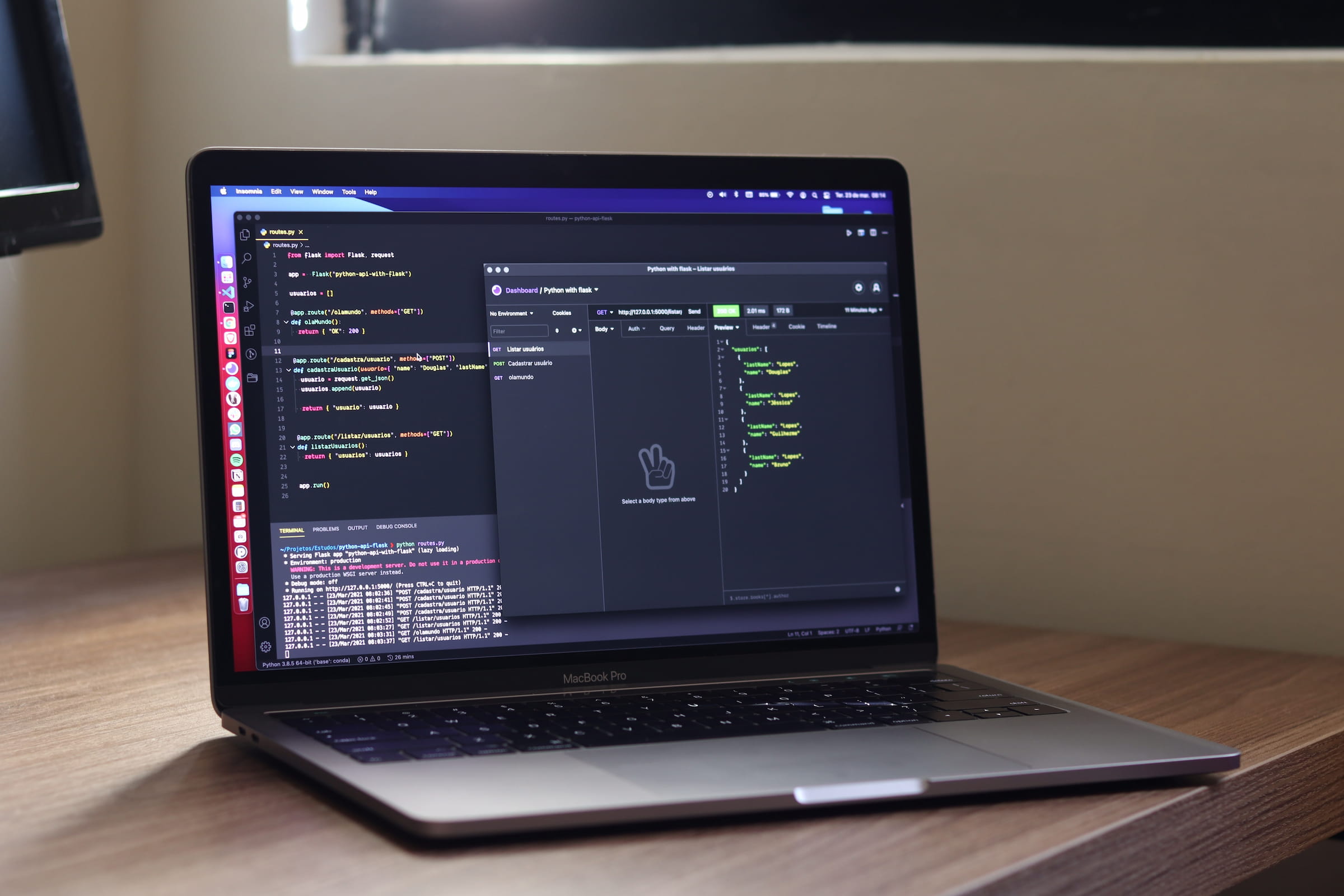The Future of Web Development: Our Predictions for 2023
by Tom, Co-Founder / CTO
1. AI-Assisted Development
The launch of GitHub Copilot in 2022 marked a significant milestone in developer tooling, introducing AI-powered code completion that fundamentally changes how we write software. This technology represents more than just autocomplete—it's a paradigm shift toward collaborative programming with intelligent assistants.

In 2023, we can expect these AI assistants to become more sophisticated, with improved context awareness and better understanding of project-specific patterns. The implications extend beyond individual productivity to team workflows, code review processes, and even software architecture decisions.
We anticipate that AI assistants will evolve to provide more than code suggestions—they'll offer architectural guidance, security recommendations, and performance optimizations. This will enable developers to focus more on high-level problem-solving and creative solutions while automating routine implementation tasks.
2. Evolution of Rendering Patterns
The debate between client-side and server-side rendering has evolved into a more nuanced discussion about hybrid approaches. Modern frameworks are moving toward component-level rendering decisions, allowing developers to optimize performance based on specific use cases rather than applying a one-size-fits-all approach.
This granular control over rendering patterns enables better performance optimization, improved SEO, and enhanced user experiences. Technologies like Streaming SSR and Progressive Hydration are becoming essential skills for front-end developers.

In 2023, we expect frameworks to further refine these patterns, making it easier for developers to implement optimal rendering strategies. The focus will be on simplifying the complexity while maintaining the performance benefits of granular control over how and when components render.
3. JavaScript Runtime Innovation
The emergence of alternative JavaScript runtimes like Deno and Bun represents a significant evolution in the JavaScript ecosystem. These new runtimes address long-standing limitations of Node.js, offering improved performance, better security models, and enhanced developer experience.
Deno introduces built-in TypeScript support and a security-first approach with explicit permissions. Bun focuses on speed, offering significantly faster package installation and runtime performance. These innovations are driving the entire ecosystem forward, pushing Node.js to improve and giving developers more options for different use cases.

In 2023, we can expect continued innovation in this space, with runtimes becoming more specialized for specific deployment scenarios. Edge computing, serverless functions, and high-performance applications will each benefit from runtimes optimized for their unique requirements. This competition will ultimately benefit developers through improved tooling, better performance, and more deployment options.